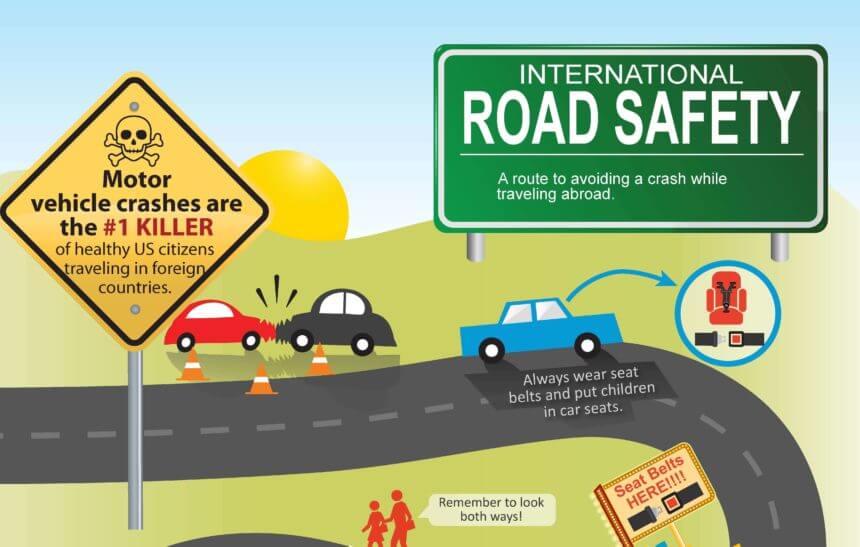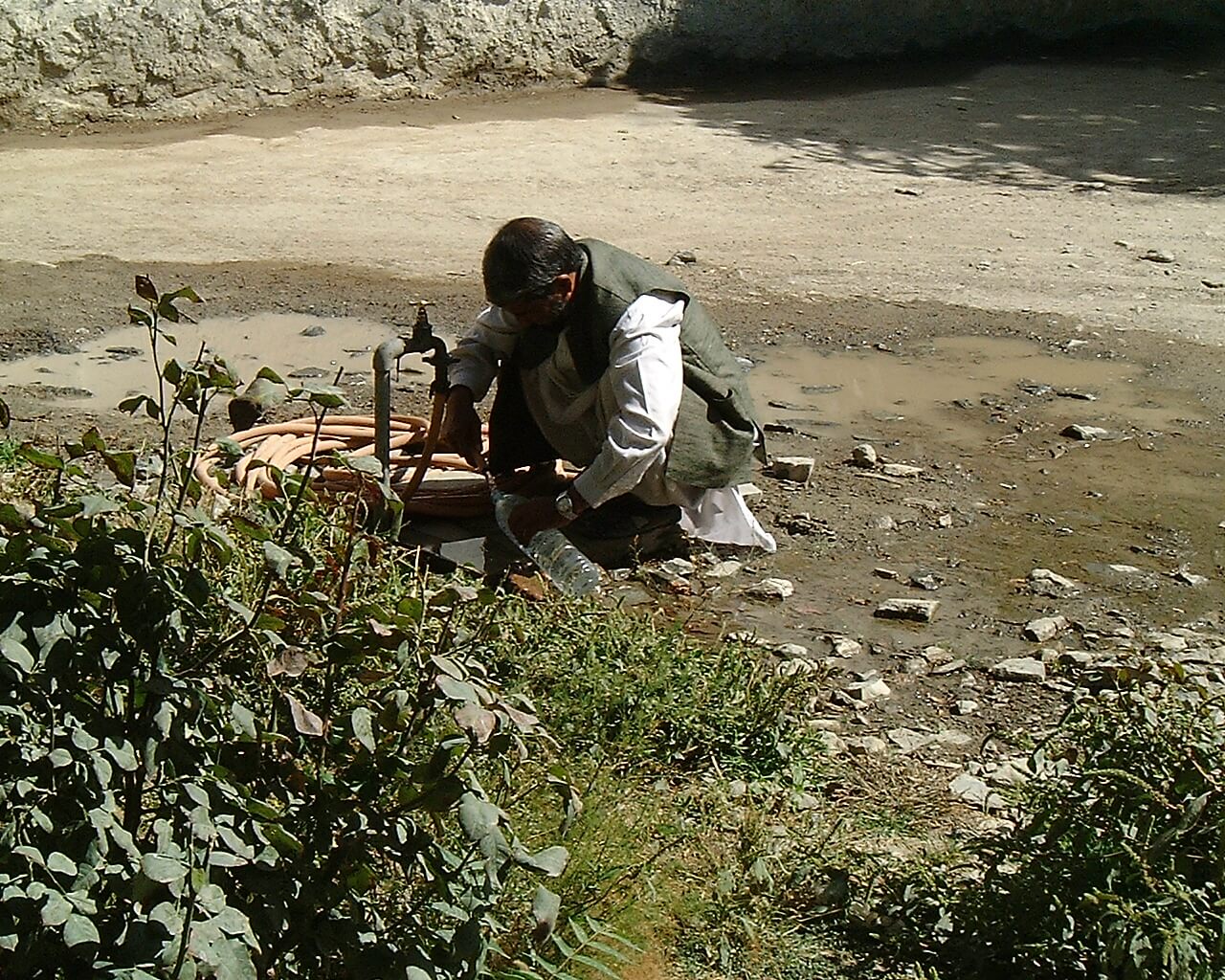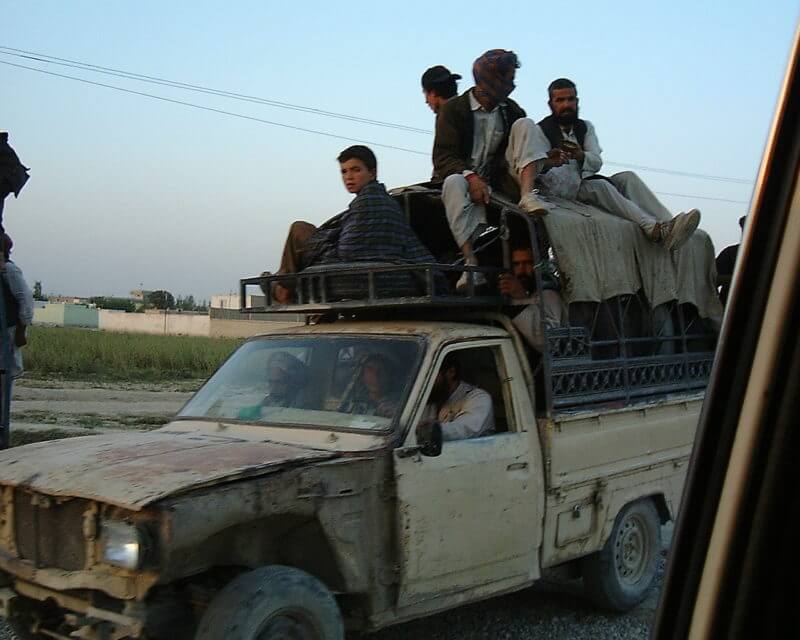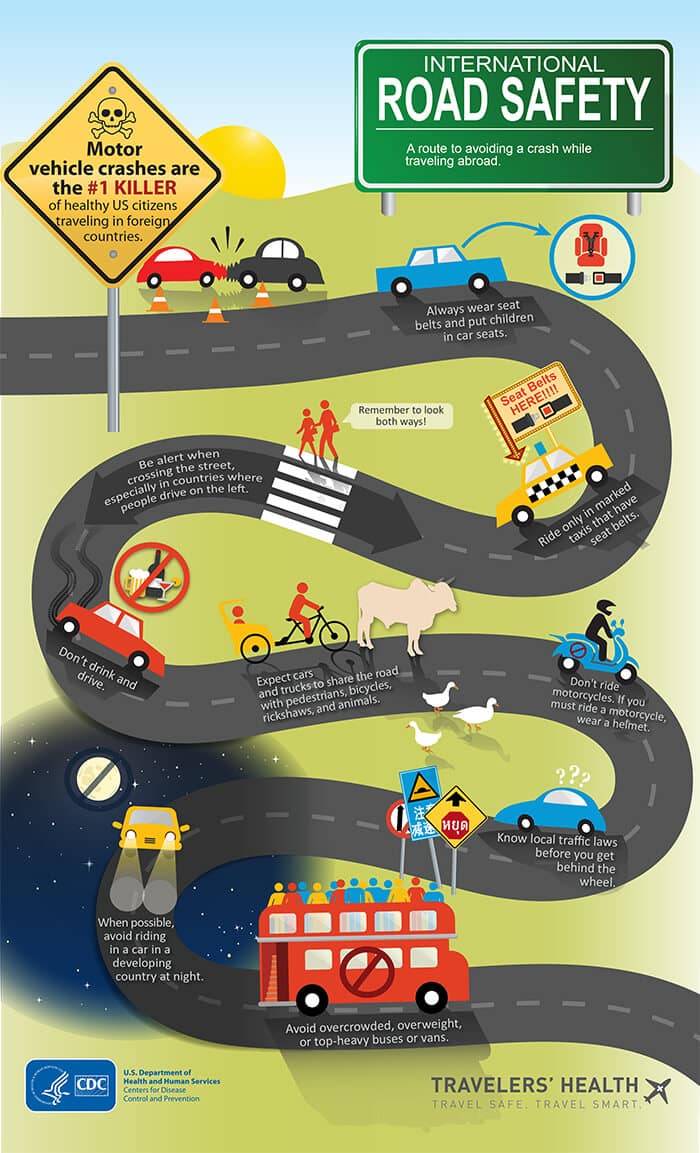
International Travel’s Biggest Risks
- Posted by Mike Shertz MD/18D
- Categories (S) Security & Awareness
🕖 Reading Time, 5 minutes
After a recent trip to Thailand teaching with the College of Remote and Offshore Medicine, many students wanted recommendations on travel medicine, medications, and vaccinations. While most travelers to the developing world and tropical destinations worry about exotic diseases like malaria, typhoid, and Zika, a traveler’s most significant infectious risk comes from traveler’s diarrhea. This affects 30 to 40% of travelers and even occurs in 5% of those traveling within their own country.
Ultimately, traveler’s diarrhea is a direct byproduct of consuming fecal material, generally human, contaminated in food and water. The best travel advice is “Boil it, cook it, peel it, or forget it.” Travelers should avoid both ice and tap water.
 Bottled water, though generally a safer bet, may still be infectious. While traveling in Afghanistan, I saw an attendant refilling water bottles from the tap in the yard in preparation for a big NGO leadership dinner. In Nepal, water bottles are often reused and sealed with recapping machines to make the refilling less obvious. Carbonated water is generally the safest choice because the carbonation process is expensive and out of reach for a street vendor.
Bottled water, though generally a safer bet, may still be infectious. While traveling in Afghanistan, I saw an attendant refilling water bottles from the tap in the yard in preparation for a big NGO leadership dinner. In Nepal, water bottles are often reused and sealed with recapping machines to make the refilling less obvious. Carbonated water is generally the safest choice because the carbonation process is expensive and out of reach for a street vendor.
Though getting travelers diarrhea is inconvenient; it is rarely life-threatening. Typically it lasts just a few days and consists of mild abdominal cramping, diarrhea, and occasional vomiting.
In reality, infection is not a travelers biggest health risk. It is a traffic crash. Road traffic accidents (RTA), as they are called in most of the world, account for 57% of travel-related deaths.
While in India years ago, I was nearly hit on more than one occasion by cars and motorcycles. It got to the point that I had to partner up with an Israeli military physician so we could pull left and right security before crossing the street.
Although 99% of travel clinics provide advice on travel-related infections, only 70% discuss any personal safety issues.
Injuries are the leading cause of death among travelers. Infection is the cause of less than 2% of travel-related deaths, whereas mortality from injury while traveling is ten times higher. RTA’s are responsible for more travelers’ deaths in low and medium income countries than malaria, typhoid, and diarrheal disease combined.
More than 1.2 million people are killed each year on the world’s roads. Eighty percent of the road traffic accidents worldwide occur in low and middle-income countries where increasing urbanization and motorization are taking place. For each RTA death, another 20 to 50 people are injured and suffer some degree of permanent disability.
In low and middle-income countries 70% of the road accident-related deaths occur in
- pedestrians
- motorists on 2 or 3 wheeled vehicles, and
- bicyclists.
Many vehicles in low and middle-income countries are less crashworthy than their high-income world counterparts. Those vehicles tend to be older, 
Unlike high-income countries where most RTA deaths occur among drivers, in the developing world you are much more likely to die as the passenger in an RTA.
To make matters worse, victims of RTAs in the developing world have much less access to good pre-hospital care. Eighty percent of the casualties of RTAs die before reaching a medical treatment facility, compared to 21% in Seattle. Even if you survive alive to an MTF, less than 55% of emergency care providers in Africa and Southeast Asia, for example, have any specific trauma training.
Drunk driving laws are present in 76% of the world’s countries. In the capital of Ghana, 21% of randomly selected drivers had blood alcohol levels over 80 mg/dl. This ten to twenty times higher than Denmark and seven times higher than France. Four percent of bus and 8% of truck drivers in the Ghanaian capital also had blood alcohol levels above 80 mg/dl.
How to mitigate your risk
Riding as a back seat passenger is three times safer than as a front seat passenger if the vehicle lacks airbags. Seat belts and child restraint systems reduce serious injury from 40 to 70%. As RTAs are three times more common during rain, at night, and during national holidays being on the road during those times is best avoided. Finally, motorcycles and mopeds should be avoided at all costs.
Amongst Dr. Shertz’s credentials, he also has a Diploma in Tropical Medicine and Hygiene, as well as a Certificate of Knowledge in Clinical Tropical Medicine & Traveler’s Health. 
Dr. Mike Shertz is the Owner and Lead Instructor at Crisis Medicine. Dr. Shertz is a dual-boarded Emergency Medicine and EMS physician, having spent over 30 years gaining the experience and insight to create and provide his comprehensive, science-informed, training to better prepare everyday citizens, law enforcement, EMS, and the military to manage casualties and wounded in high-risk environments. Drawing on his prior experience as an Army Special Forces medic (18D), two decades as an armed, embedded tactical medic on a regional SWAT team, and as a Fire Service and EMS medical director.
Using a combination of current and historical events, Dr. Shertz’s lectures include relevant, illustrative photos, as well as hands-on demonstrations to demystify the how, why, when to use each emergency medical procedure you need to become a Force Multiplier for Good.



